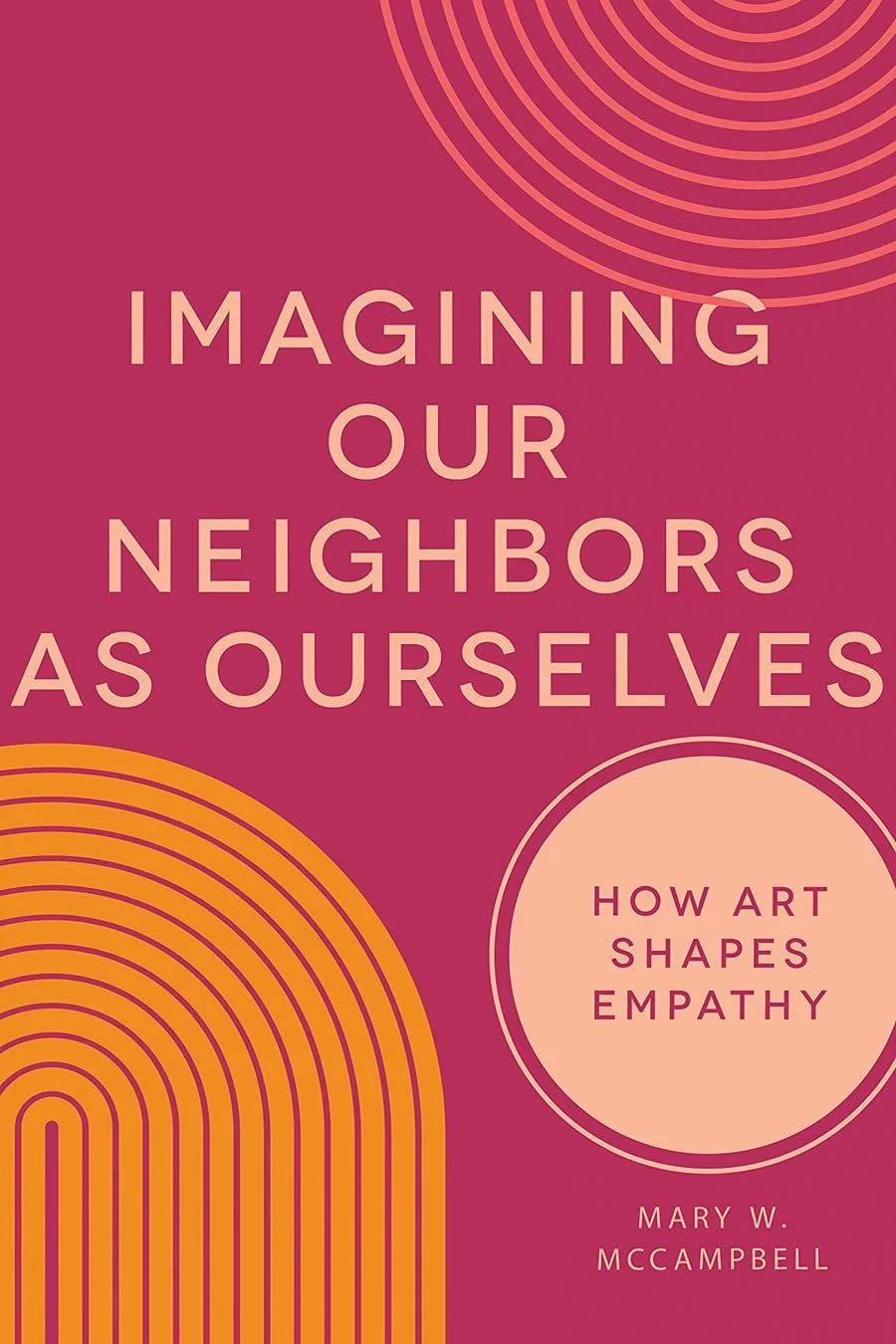Imagining Our Neighbors as Ourselves
I’m less than twenty pages into this one, but already Mary W. McCampbell has won me over with Imagining Our Neighbors as Ourselves: How Art Shapes Empathy (Fortress). Let’s just say that Graham Greene’s “whiskey priest” makes an appearance on the very first page; an auspicious start to any book, if you ask me.
Empathy, as McCampbell defines it, means entering into another’s pain. (As opposed to sympathy, which gives us the luxury of looking down on people we can’t be bothered to understand.) Her claim in this book, as I understand it so far, is that works of art like books, movies, and music can expand our imaginations and help us love our neighbors.
Can, not will. It’s never automatic; empathy requires cultivation. It takes practice. You don’t need me to remind you that the Nazis had loads of great art—novels on their bookshelves, symphonies in concert halls—and none of that stopped them from doing Nazi things.
In the literature classes McCampbell teaches at Lee University, she is careful to remind her students that “the authors of the books we are reading—whether the books were written in 1603 or 1994—are human beings created in God’s image. These image bearers have something important to say to us, and if we submit ourselves to their voices, we will have the privilege of seeing life through their eyes.”
The privilege of seeing life through the eyes of another. What a gift indeed!
“Good art challenges us into having eyes to see our neighbors, and many times, these neighbors look, speak, and live very differently than we do,” she writes. “Sometimes they might even be considered our enemies.”
